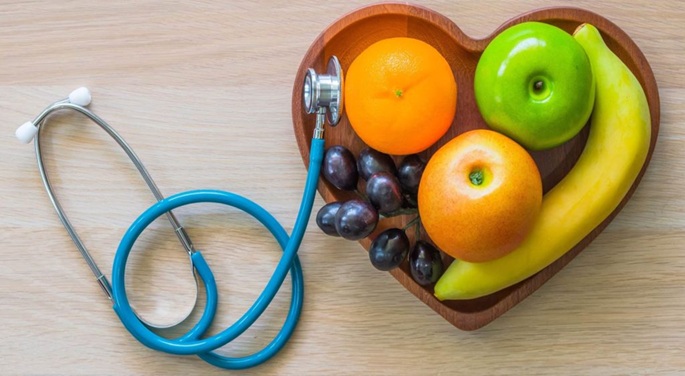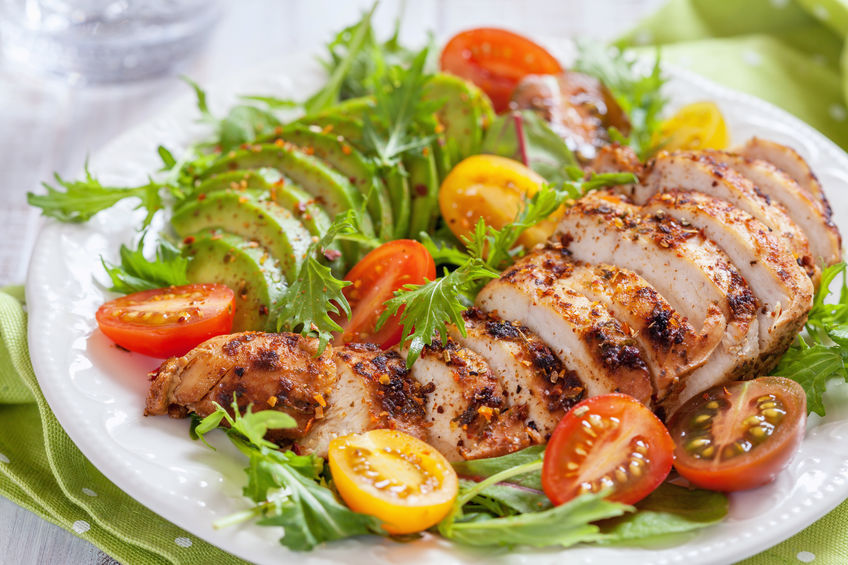
Keeping food fresh and safe might sound simple, but it’s one of those things we tend to get wrong often. That is especially true when we’re rushing around, meal prepping on Sundays, or pretending the leftovers from four nights ago are still edible. But it doesn’t have to be complicated. Just a few mindful tweaks can keep your food safe and fresh.
Cool It the Right Way
Temperature is a sneaky one. Most people know you’ve got to refrigerate your food, but what often gets missed is how soon you need to cool things down. If you’ve cooked up a big meal it shouldn’t sit on the stovetop for hours after dinner. That is, if you don’t want your food to be the breeding ground for bacteria.
Food should be refrigerated within two hours of cooking, or even quicker if it’s a hot day. And chucking a steaming pot straight into the fridge is also not the move. That heats up everything around it and throws off your fridge’s balance. Split leftovers into smaller containers first so they cool down faster and evenly.
Don’t Overload the Fridge
More food doesn’t always mean better. If your fridge is packed to the brim, cold air can’t circulate properly, which means stuff on the edges might be colder than the middle, or vice versa. That’s when you get half-frozen lettuce and lukewarm chicken, which is basically a bacteria party.
Not only is this a health hazard, but it’s also a quiet drain on your bank account. Keep cramming your fridge like it’s a game of Tetris, and before long, you’ll be browsing online for Samsung fridge replacement parts, or worse, a whole new fridge.
Keep Raw And Cooked Separate
It goes without saying that you shouldn’t let raw chicken juice touch your salad. When you mix raw meat with stuff that’s ready to eat, you open the door to foodborne illnesses like salmonella or campylobacter.
Cutting boards especially are dodgy if you’re not careful. Use one for meat and another for veg and fruit, and don’t forget to actually scrub them, especially if they’re wooden. The same goes for knives, plates, and your hands. You’d be surprised how fast bacteria spread in the kitchen just from touching stuff.
Airtight Containers Are Your Best Mate
Proper storage is probably the most underrated part of keeping fresh and nutritious foods. Airtight containers don’t just keep smells locked in, but they also lock air and moisture out, which slows down mould and bacteria. Those cheap takeaway tubs work in a pinch, but if they’re warped or cracked, it’s time to replace them.
The glass ones last longer, don’t stain from curries, and don’t absorb weird smells. Plus, you can see exactly what’s in them. Labelling and dating stuff might feel a bit obsessive, but it actually saves you time and brainpower during the week. You don’t want to play “Is this still good?” roulette on a Thursday morning.
Watch the Use-By and Best-Before
Use-by means exactly that: if the date has passed, it’s not safe to eat. No sniff test, no “but it looks fine.” You just don’t eat it. Best-before, on the other hand, is more about quality. Food might still be safe after that date, but it won’t taste or feel the same.
And some stuff, like dried pasta or rice, can last ages if stored properly. Still, don’t get lazy with it. Rotate older food to the front of the pantry or fridge so you actually eat it before it turns into a forgotten science project in the back corner.
Reheat Like You Mean It
Microwaving leftovers isn’t just about making them warm enough to eat. It’s about heating them properly, all the way through. Half-cold lasagne is a risk, not just a tragedy.
You want the food to be steaming hot, at least 75°C in the middle. Stir it, rotate it if your microwave’s a bit dodgy, and let it sit a moment before you dig in. And once you’ve reheated something once, don’t go for a second round later. It’s tempting to reheat and save again, but that back-and-forth gives bacteria a perfect chance to grow between temps.
Conclusion
With these tips, you will waste less, spend less, and feel better knowing you’re not rolling the dice every time you open the fridge. Keeping your food safe and fresh takes a bit of effort, but once you get into the habit, it’s actually pretty satisfying.



